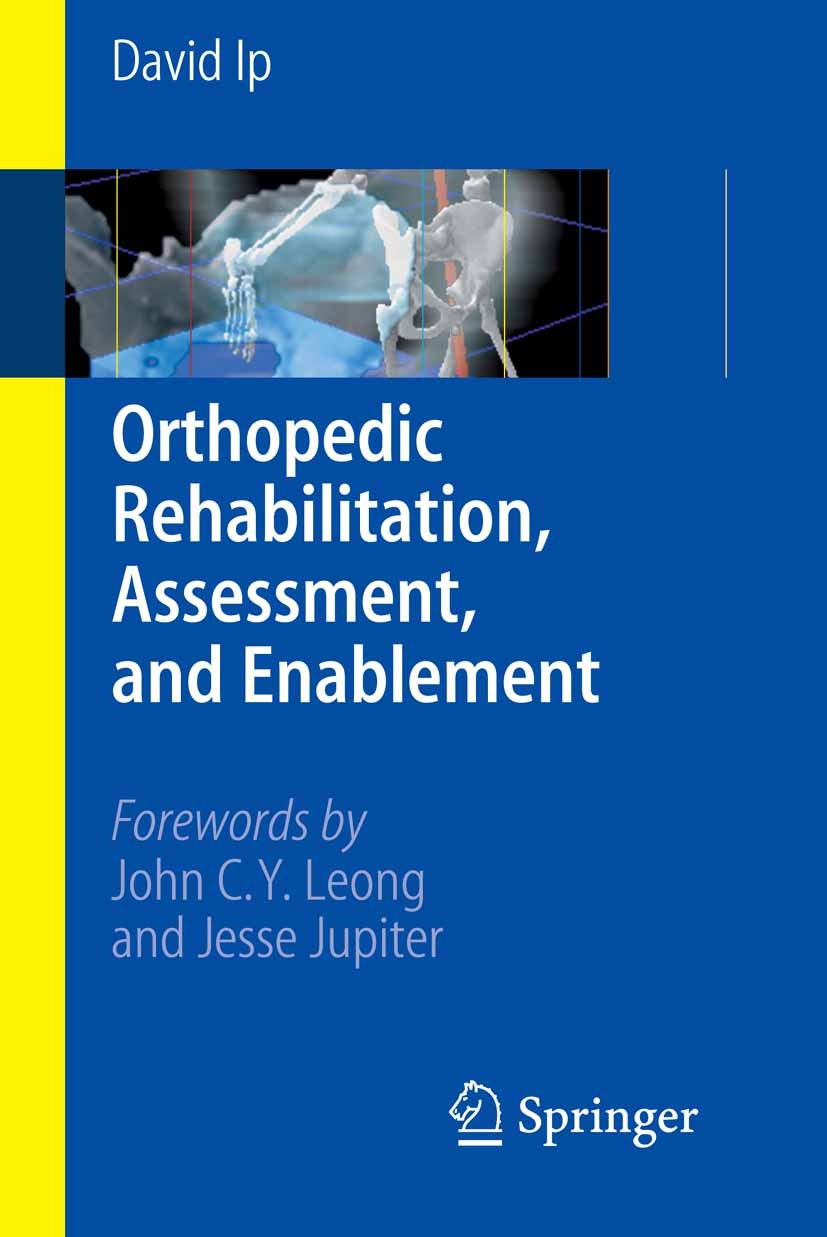Sudden traumas in sports can happen suddenly and often lead to serious issues for players. These traumas can vary from sprains and strains to fractures and concussions. To help reduce these traumas, it is crucial to implement targeted preventive strategies. These strategies concentrate on education, appropriate training, gear use, and overall well-being maintenance. By tackling these key areas, athletes can significantly reduce their chances of suffering from acute injuries while engaging in their beloved sports.
One effective approach to minimizing the likelihood of traumas is through education. Athletes, trainers, and guardians should be educated about the typical types of injuries associated with specific activities. Comprehending the mechanics of these traumas allows all involved to identify the indicators and signals early. Informative workshops or seminars can assist teach players about proper techniques and the importance of warming up before games or practices. This knowledge empowers athletes to take responsibility for their safety and motivates them to express any concerns about potential traumas.
Another important preventive strategy is proper preparation. Athletes should participate in a comprehensive conditioning program that focuses on developing strength, flexibility, and endurance. Strength conditioning assists build the muscles that stabilize joints, lowering the chances of traumas. Flexibility exercises, such as stretching, can enhance the scope of motion and decrease the chance of muscle strains. Additionally, players should integrate sport-specific drills that mimic game situations, which can help them become more familiar with the actions involved in their selected sport. Coaches play a vital role in designing and implementing these conditioning programs to ensure they are secure and efficient.
The use of appropriate equipment is also essential in reducing acute injuries in athletics. Players should consistently wear the right gear for their specific sport, including helmets, pads, and suitable footwear. For instance, football physical therapy for neck pain players need helmets to shield against head traumas, while football players require shin guards to protect their legs from impact. It is crucial that gear is fitted correctly and is maintained regularly to ensure it provides the necessary safeguarding. Coaches and guardians should encourage athletes to take the time to select and use the appropriate equipment to reduce their chances of injury.
In addition education, preparation, and equipment, maintaining overall well-being is crucial for injury avoidance. Athletes should prioritize adequate nutrition, hydration, and rest to keep their bodies in top condition. A nutritious diet rich in vitamins and minerals aids support muscle recovery and overall physical performance. Staying hydrated is also crucial, as dehydration can lead to exhaustion and heighten the risk of traumas. Lastly, getting enough rest is vital for recovery and maintaining focus during training sessions and matches. By encouraging good health habits, athletes can improve their performance and reduce their chances of experiencing acute traumas.
In conclusion, reducing the likelihood of acute injuries in sports requires a multifaceted approach that includes education, proper training, appropriate equipment, and overall health maintenance. By concentrating on these targeted protective strategies, athletes can better safeguard themselves from the dangers of traumas. Coaches, parents, and athletes all have important roles to play in fostering a safe sports environment. By working together and prioritizing safety, the enjoyment of sports can continue without the disruption of painful injuries.

Comments on “Effective Approaches to Minimize the Chance of Sudden Injuries in Athletics Through Focused Preventative Strategies”